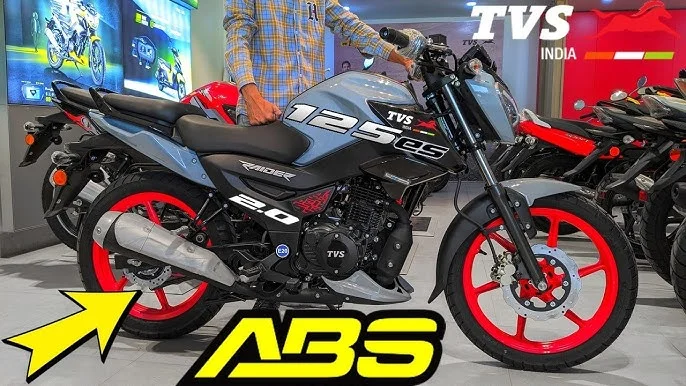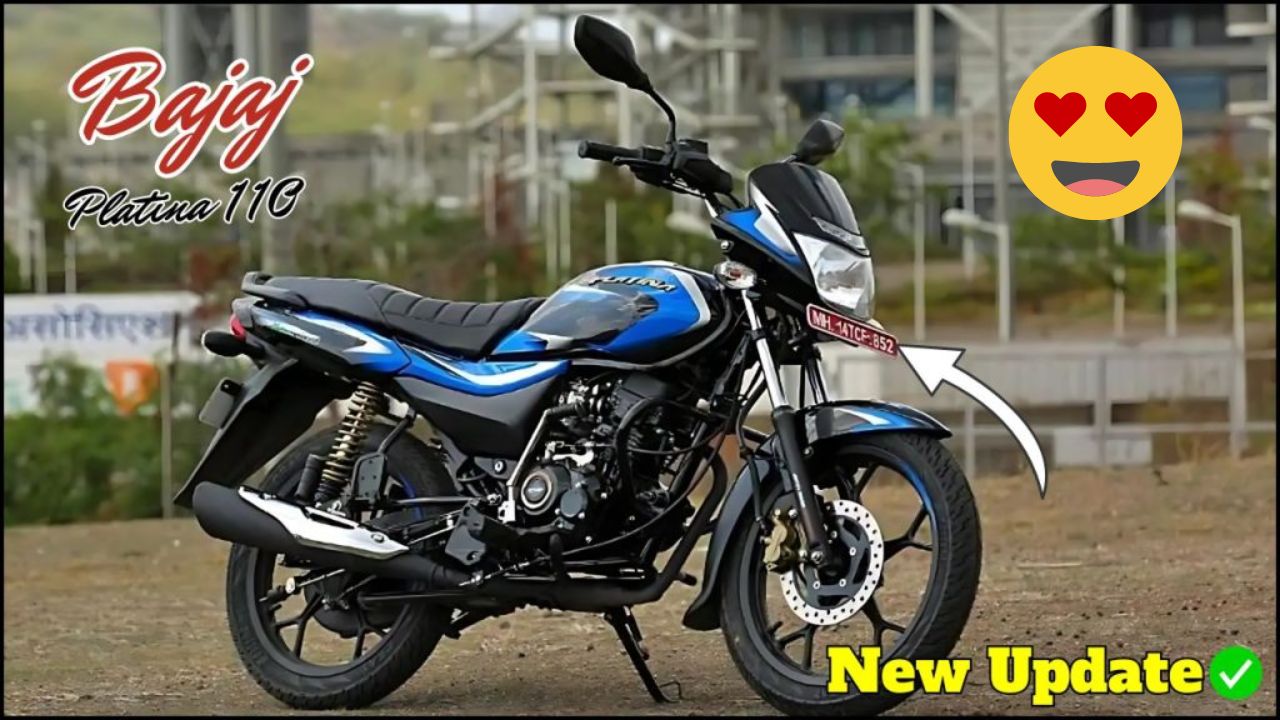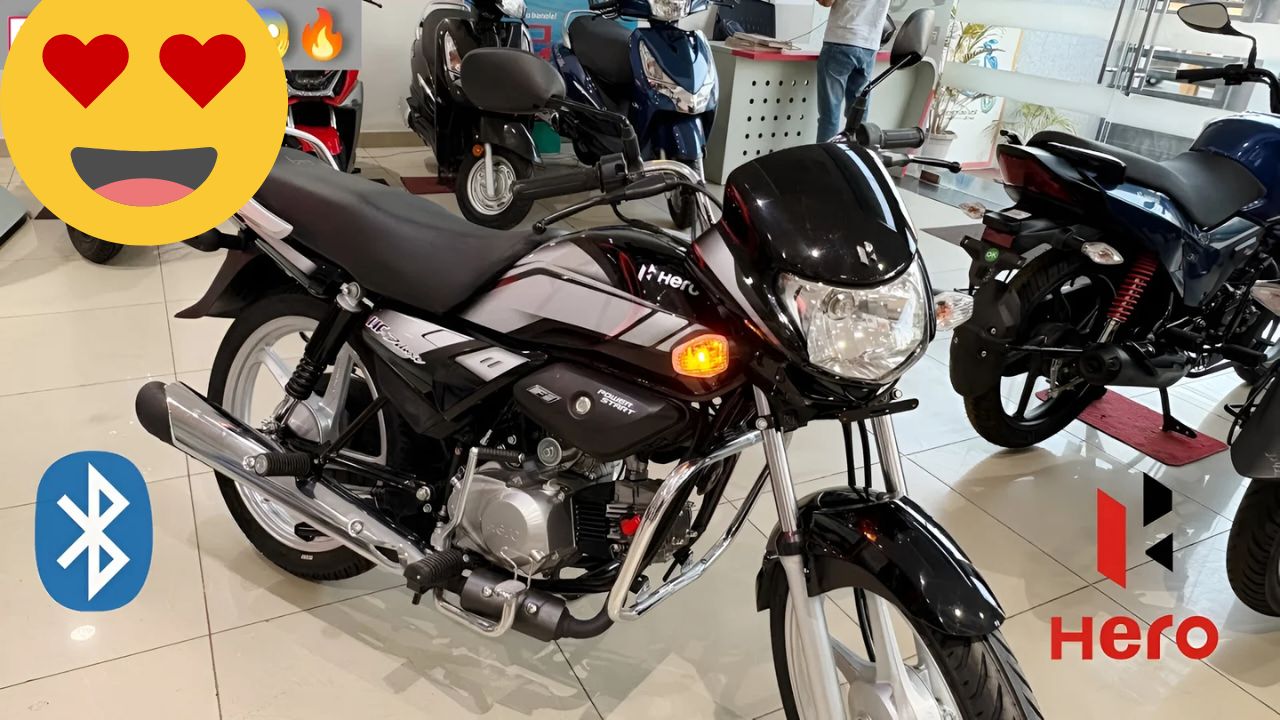The Yamaha RX100 is one of the most loved motorcycles in Indian history. It was not just a bike—it was an emotion, a part of family stories, and a symbol of style and freedom. Launched in 1985, it quickly became the dream bike for young riders and is still remembered fondly by many. Today, a well-maintained RX100 can sell for around ₹85,639, proving that its charm is still alive.
A Golden Era Begins in 1985
When Yamaha launched the RX100 in India in partnership with the Escorts Group, it created a new wave in the Indian motorcycle market. Before this, people mostly rode bikes that were simple, slow, and made just for daily use. The RX100 was different—it was fast, stylish, and affordable. It gave middle-class families a chance to experience powerful riding without spending too much.
Powerful But Simple Engineering
The RX100 had a small 98cc two-stroke engine, but it delivered big performance. It produced 11 bhp of power and could go from 0 to 60 km/h in just 7 seconds. Its top speed was around 100 km/h, which was very impressive in the 1980s.
RX100 Key Features:
-
Engine: 98cc, two-stroke, air-cooled
-
Power: 11 bhp @ 7,500 rpm
-
Torque: 10.39 Nm @ 6,500 rpm
-
Weight: 103 kg
-
Fuel Tank: 8.5 liters
-
Top Speed: Around 100 km/h
This small but strong bike gave a thrill that made it stand out from the rest.
A Unique Riding Experience
Riding an RX100 was special. Starting the bike with a kick required a bit of skill, especially on cold mornings. But once it started, the ride was smooth and exciting. At around 3,000 rpm, the engine would suddenly become very powerful, making the ride fast and fun.
यह भी पढ़े:
 Kawasaki 2025 Ninja Launched: Powerful Engine, Futuristic Design, and Advanced Technology
Kawasaki 2025 Ninja Launched: Powerful Engine, Futuristic Design, and Advanced Technology
The sound of the RX100 was also very unique. Its high-pitched engine noise was so distinct that people could recognize the bike just by hearing it from far away.
More Than Just a Bike
The RX100 was more than just a vehicle. It became a cultural icon. In the late 80s and early 90s, owning an RX100 meant you were stylish, bold, and modern. For many, it was their first real motorcycle. Families would pass it from one generation to the next, making it a treasured item.
Cultural Impact:
-
Symbol of freedom for the youth
-
Sign of status in middle-class families
-
Teaching tool for young riders
-
Part of family memories
Modification and Legacy
Many RX100 owners loved to modify their bikes to improve performance or looks. Common changes included adding expansion chambers, tuning the carburetor, or changing the paint and seats. These projects often became family bonding activities, where fathers and grandfathers taught their children about engines and tools.
Still in Demand Today
Even though it was discontinued decades ago, the RX100 is now a collector’s item. Depending on its condition, it can sell for anywhere between ₹15,000 and ₹95,000.
Price Range by Condition:
-
Perfect Condition: ₹75,000 – ₹95,000
-
Restored Well: ₹60,000 – ₹80,000
-
Running Condition: ₹35,000 – ₹50,000
-
Needs Repair: ₹15,000 – ₹30,000
Finding original parts is hard, but many enthusiasts are still restoring these bikes with care and passion.
A Legacy That Lives On
The RX100 may not be made anymore, but its spirit lives on. It taught riders about speed, responsibility, and mechanical knowledge. It brought families closer and gave memories that still bring smiles today.
Final Words
The Yamaha RX100 is not just a machine; it’s a legend. It represents a time when riding was all about feeling the road and enjoying the moment. Its growing value today shows how deeply it touched people’s lives. For those who grew up hearing its engine echo through the streets, the RX100 will always be more than just a bike—it’s a symbol of joy, pride, and timeless love.


















